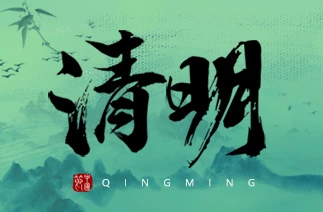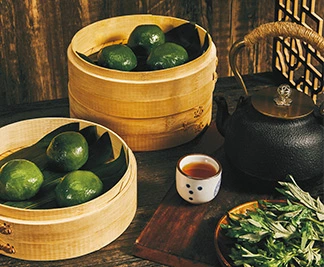Do you know the Qingming customs in Guangdong?
Spring is time full of hope and brightness, so does Qingming.
Name: All things growing at this time are clean and bright which means “Qingming” in Chinese, and it gets its name from this. Known as Tomb-Sweeping Day in English, it is a traditional Chinese festival and a solar term.
When? Qingming is always on the first day of the fifth solar term, April 4, 5, or 6, the fifteenth day after the spring equinox. DISEA locates in Guangdong, China; do you want to know more about the Qingming customs here?


What? During the clear and bright days holidays, Tomb-sweeping ("Xingqing行清"in Chinese) and outings are the main customs and traditions of Chinese families.
How? Every year, when we worship the ancestor, we first clear the weeds around the tomb, then tie up paper and arrange offerings such as golden pigs, chickens, goose, fresh fruits, sticky rice, cakes, and wine. After the entire clan's worship rite, we can cut the roasted pork on the spot, giving it to every family and enjoy a picnic with fresh fruits, Chinese bread and refreshments, or we can go home and gather for a feast with our kin.
Why? Cantonese people place a high value on ancestral temples and ancestors, so worshiping ancestral temples, halls, and tombs has always been considered a top priority, expressing their deep respect for their ancestors and following their aspirations, embodying the national spirit, and inheriting Chinese civilization's sacrificial culture.

Meaningful! For every Qingming Festival, those who live abroad or near must return to their hometowns to honor their ancestors with their kinsfolk and other locals. In this instance, the Qingming Festival has evolved into a significant annual clan family reunion day.
Food: Qingtuan, also known as “Aici艾糍“, literally means” Green Dough” and is made by mixing sticky rice flour with boiled mugwort juice. The dough is wrapped around sesame and peanut or other types of fillings. It tastes soft and chewy, which is surprisingly pleasant.
Interested in more cultural info.? Please follow our Newsletter or visit Disea Electronics website.







